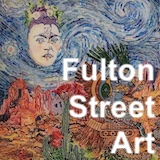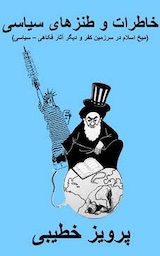Link
MajidNaficy 's Recent Links
The New Yorker Books: The Surprisingly Sunny Origins of the Frankfurt School
MajidNaficy | 22 hours ago
0 31
The New Yorker: Forbidden Sips of the Ukrainian Dom Pérignon
MajidNaficy | 22 hours ago
0 25
The New Yorker: Is Virginia Tracy the First Great American Film Critic?
MajidNaficy | 22 hours ago
0 31
Mendelssohn: Adspice Domine de sede for male choir and cello
MajidNaficy | 17 hours ago
0 25
Category: Music
What the science in this book ultimately teaches is that there is no meaning. There’s no answer ...
Jahanshah | 18 hours ago
0 15
Category: None
Israel pounds Lebanon as US says Hezbollah truce deal is ‘close’
Viroon | 18 hours ago
0 42
Category: None










Comments